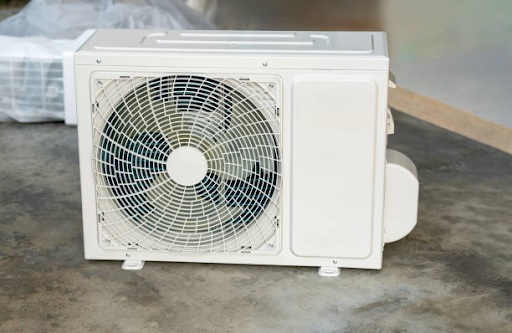Dust collection systems are crucial in maintaining clean air and efficient operations across industries. However, even the most advanced dust collectors can encounter performance issues over time. This guide will walk you through the basics of troubleshooting baghouse dust collectors, identifying common problems, and implementing solutions to keep your system running smoothly. Whether using a cartridge type dust collector or a baghouse dust collector, understanding the key troubleshooting steps can help you prevent downtime and improve efficiency. If your system isn’t functioning properly, working closely with a dust collector manufacturer is essential for expert guidance and parts replacement.
Common Problems With Baghouse Dust Collectors
High Differential Pressure
High differential pressure occurs when airflow is restricted within the dust collector. This issue may be due to clogged filters, faulty cleaning mechanisms, or excessive dust accumulation. To resolve it, inspect the filters and replace them if necessary. Check if the cleaning system—whether pulse-jet or shaker—is functioning properly. If dust buildup is causing blockages, adjust the cleaning frequency or airflow. Regular maintenance can help avoid such issues.
Low Airflow or Suction Loss
Reduced airflow indicates blockages or leaks in the ductwork, filters, or valves. Look for broken seals, clogged filters, or improper valve operation. Inspect ducts and air inlets for obstructions and ensure the fan functions efficiently. If the filters are past their lifespan, replace them to restore proper airflow. Conducting periodic checks helps detect these issues early.
Dust Leakage or Emission Problems
If dust is escaping from the exhaust, it may indicate damaged filter bags, improperly sealed connections, or worn-out gaskets. Inspect the filter bags for tears or improper fitment and check for leaks around bag seals. If damaged components are found, replace them immediately. Additionally, ensure that the bags are installed correctly and that bypass channels are sealed off.
Inconsistent Cleaning Cycle
An inconsistent cleaning system—pulse-jet or reverse air—can lead to filter clogging and reduced efficiency. Make sure the timers and solenoid valves are working correctly. Test the cleaning mechanism regularly to ensure it properly removes dust from the filters. Adjust the settings for the cleaning cycle if necessary to balance efficiency and maintenance costs.
Premature Filter Failure
Filter bags may degrade quickly due to improper material selection, chemical exposure, or excessive heat. Work with a dust collector manufacturer to ensure that the filters used in your system are appropriate for the specific application. Monitoring operating conditions like temperature and moisture will also extend the life of the filters.
Proactive Maintenance Tips For Baghouse Collectors
Preventative maintenance is key to minimizing the need for troubleshooting and ensuring the long-term performance of your dust collector. Here are some essential maintenance practices:
- Regular Filter Inspections: Check the filter bags or cartridges frequently for signs of wear, clogging, or damage. Timely replacement can prevent pressure issues and dust leaks.
- Monitor Differential Pressure: Keep a close watch on the pressure readings to detect early signs of blockages. A sudden rise in differential pressure signals the need for maintenance.
- Check Seals and Valves: Ensure all gaskets, seals, and valves are intact to prevent air leakage and maintain optimal airflow.
- Test the Cleaning System: Regularly inspect the cleaning mechanism and adjust its frequency to suit your dust load. Timely cleaning ensures that the filters remain efficient.
- Review Operating Conditions: Ensure the dust collector operates within the recommended temperature and moisture limits to avoid filter damage.
Working With A Manufacturer For Effective Troubleshooting
Whether you’re dealing with a baghouse dust collector troubleshooting issue or a cartridge-type dust collector malfunction, partnering with an experienced manufacturer is crucial. A reliable manufacturer like Tysum offers comprehensive support, including system design, availability of spare parts, and technical guidance to quickly address issues and minimize downtime.
Access to professional assistance ensures that your dust collection system operates efficiently, meeting your performance goals and environmental standards. Tysum baghouse dust collectors systems ensure that dust collection problems—such as airflow restrictions, leakage, or cleaning issues—are minimized through high-quality materials and innovative design.
Conclusion
Baghouse dust collectors are essential for maintaining clean air and ensuring smooth industrial operations. However, common problems like high differential pressure, airflow restrictions, or filter failures can impact their performance. Timely troubleshooting and preventative maintenance can keep your dust collection system running efficiently. Choosing a trusted manufacturer like Tysum ensures you have access to high-quality dust collectors, expert support, and reliable solutions for your specific needs. Following Tysum’s 3-step process, you can quickly get a dust collector tailored to your requirements, reducing downtime and optimizing performance for long-term success.
Read also the new articles :



